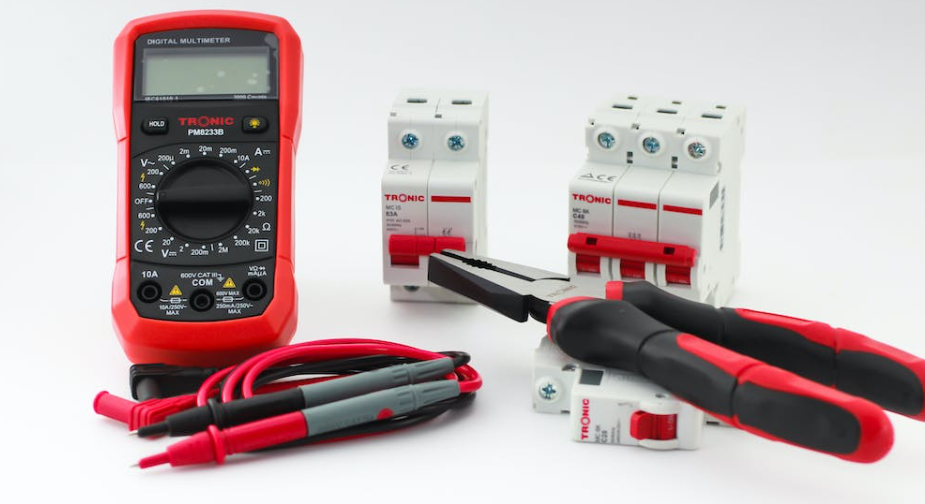An electrical circuit breaker is a device that is designed to automatically interrupt the flow of an electrical current when it reaches a certain level. It is an important safety mechanism that helps to prevent electrical fires, electrocution, and other hazards that may arise from the overloading of electrical circuits.

An electrical circuit breaker is often located in a metal panel box, which is typically found in the basement, garage, or utility room of a house or building.
The panel box is connected to the main electrical service panel, which is responsible for distributing the electrical power throughout the building. The circuit breaker acts as a switch that can be turned on or off depending on the electrical load that is being carried by the circuit.
Installing an electrical circuit breaker can seem like a daunting task for those who are unfamiliar with electrical work. However, with the right tools and knowledge, it can be a straightforward process. Here are some tips to help you install an electrical circuit breaker safely and efficiently.
It is important to turn off the main power supply. This involves locating the main electrical panel and flipping the switch that controls the power to the entire house. This step is crucial as it ensures that there is no risk of electric shock while working on the circuit breaker.
The amperage rating is the maximum amount of electrical current that the circuit breaker can handle. It is crucial to select the correct amperage rating to ensure that the circuit breaker can handle the electrical load of the circuit it is protecting. The amperage rating can be found on the electrical panel or the device to which the circuit breaker will be connected.
It is important to make sure that the wire is connected to the correct terminal, as mixing up the wires can cause serious damage to the electrical system. Once the wire is connected to the terminal, it is important to tighten the screw securely to prevent any loose connections.
Snap the circuit breaker into the panel and ensure that it is securely in place. The breaker should fit snugly and click into position, so it is important to examine it carefully to ensure that it is secure. Once you have placed the breaker inside the panel, use a screwdriver to tighten the mounting screw and secure it in place.
This step is crucial because a faulty circuit breaker can lead to electrical fires or damage to appliances and electronics. To test the breaker, turn off the power and use a multimeter to check that there is no voltage present. Then, turn the breaker back on and check that it is properly tripping when overloaded.